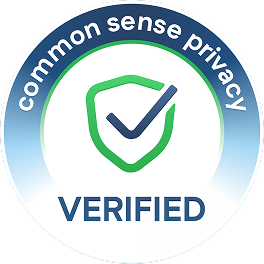Take a look inside 6 images
Brainingcamp
Pros: A nice option for individualized, self-paced test prep that requires very little teacher work and generates helpful student data.
Cons: Gives little meaningful feedback and doesn’t promote deep learning, as discovery features are voluntary and separate from direct instruction lessons.
Bottom Line: A good option for students who need a little more practice at their own pace or for those heavy note-takers who crave a good worksheet in an inquiry-heavy classroom.
This would work well for at-home test prep or additional individual student practice for teachers who would rather devote class time to rich conceptual understanding. The testing-style questions and procedural lessons help build student familiarity with common state assessments, and the self-paced, semi-interactive, narrative lectures will serve the needs of those heavy-note-taking mastery learners who crave worksheets.
Most students will likely need some live guidance to see the value of the separate open-ended digital manipulatives and to decide when to move on to practice and assessment. As such, it would be tough to see Brainingcamp working well as a standalone curriculum or tool for a flipped classroom, so those uses are not recommended.
Brainingcamp may be the answer to two common questions many math teachers grapple with: “How can I individualize test prep for each student?” and “How can I support mastery learners when my classroom is inquiry-based and guided by constructivist principles?” Featuring Flash-based interactive slide decks with a Smartboard-like interface, students click through lessons on many middle school math topics, then complete standardized-test-style practice questions and assessments.
On the administration side of things, a spartan dashboard allows teachers to create classes, assign learning activities and assessments to classes (but not individuals), and generate very simple reports. Students must be entered one by one or may set up their own accounts; a full-class import feature is sadly nowhere to be found.
At its core, Brainingcamp is a prerecorded direct-instruction curriculum that does a good job of teaching procedural math skills in a standardized-test-friendly way. It offers some features that give it a discovery-learning flavor, such as free-play digital manipulatives, but multiple-choice questions and easily reducible word problems promote just as much learning as needed for benchmark assessments.
Brainingcamp has a crisp, functional, but bare-bones design; a nicely animated lecture approach with limited interactivity; and sparse student feedback. This site works best as a supplement to inquiry-based curricula. It’s great direct instruction, but giving users more feedback beyond right/wrong and making separate exploration and discovery tools a more integrated part of the learning experience would push Brainingcamp into elite edtech territory.














